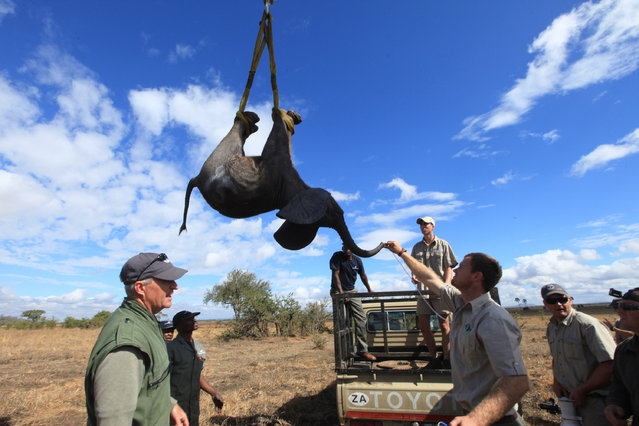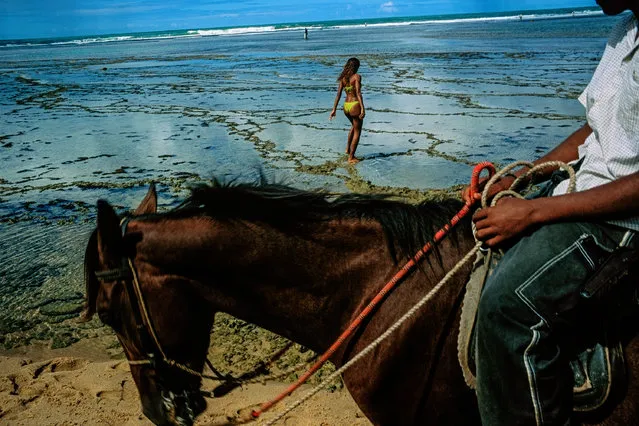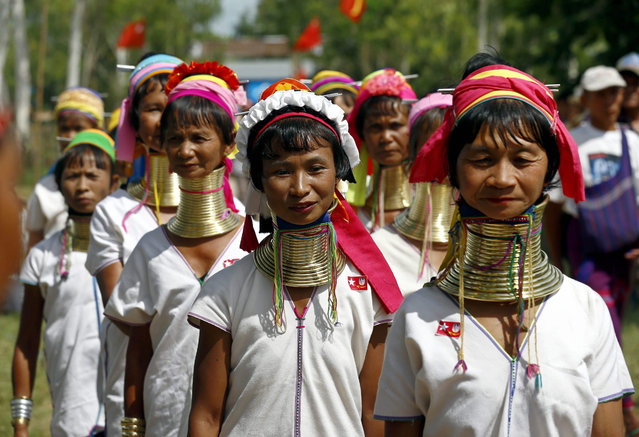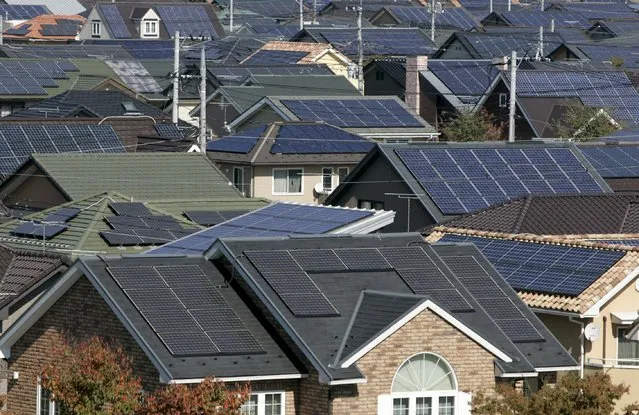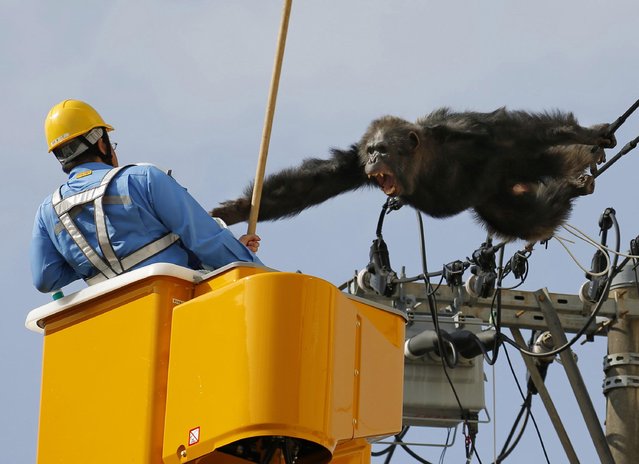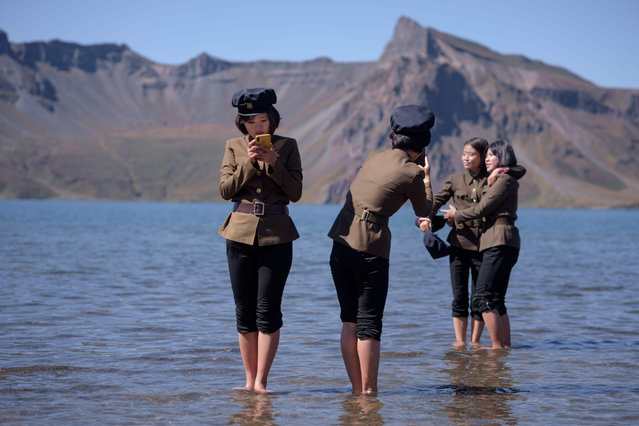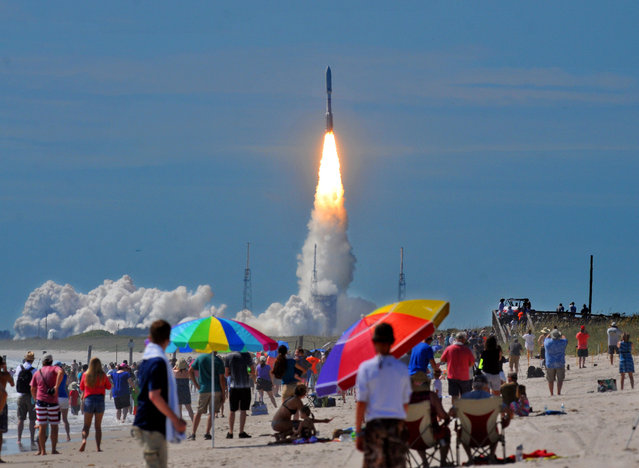
Hundreds of people pack the Canaveral national seashore's Playalinda Beach as a United Launch Alliance Atlas V rocket, carrying a U.S. Navy communications satellite, lifts off from Complex 41 at the Cape Canaveral Air Force Station, Friday, June 24, 2016, in Cape Canaveral, Fla. The satellite is designed to significantly improve ground communications for U.S. forces on the move. (Photo by Craig Rubadoux/Florida Today via AP Photo)
25 Jun 2016 12:23:00,post received
0 comments

